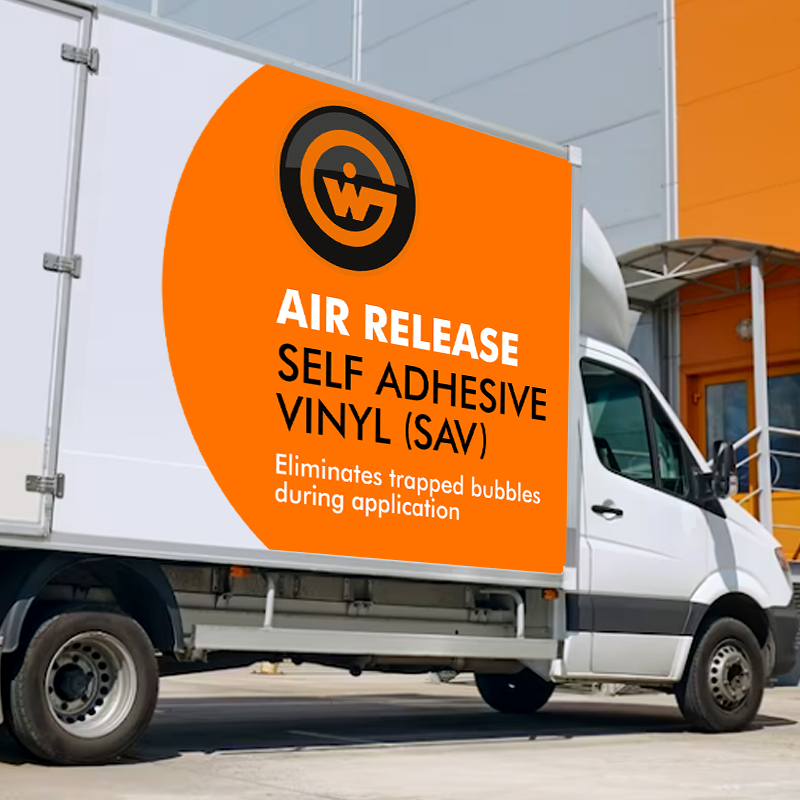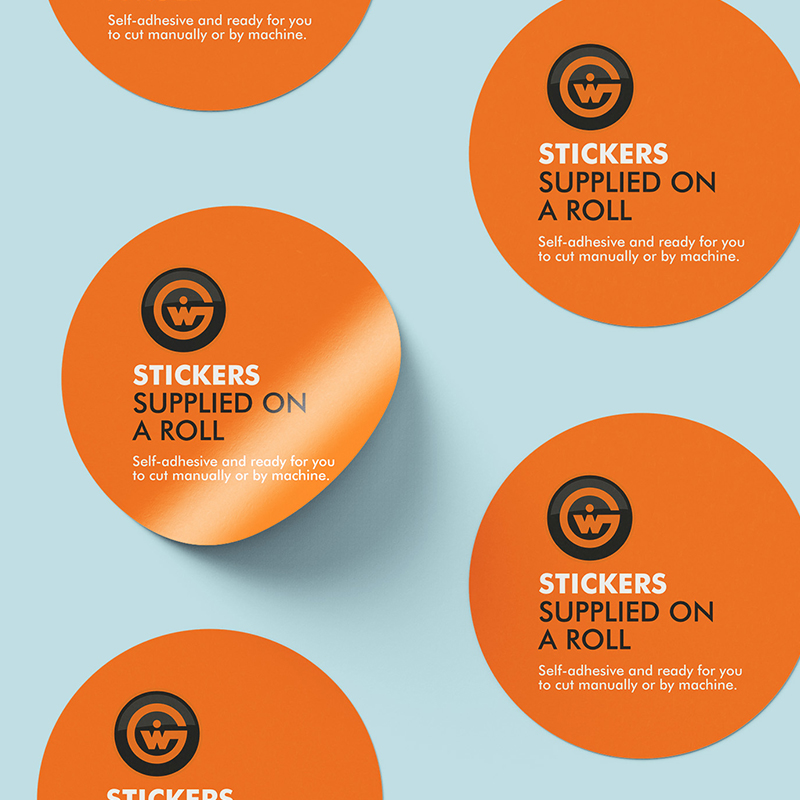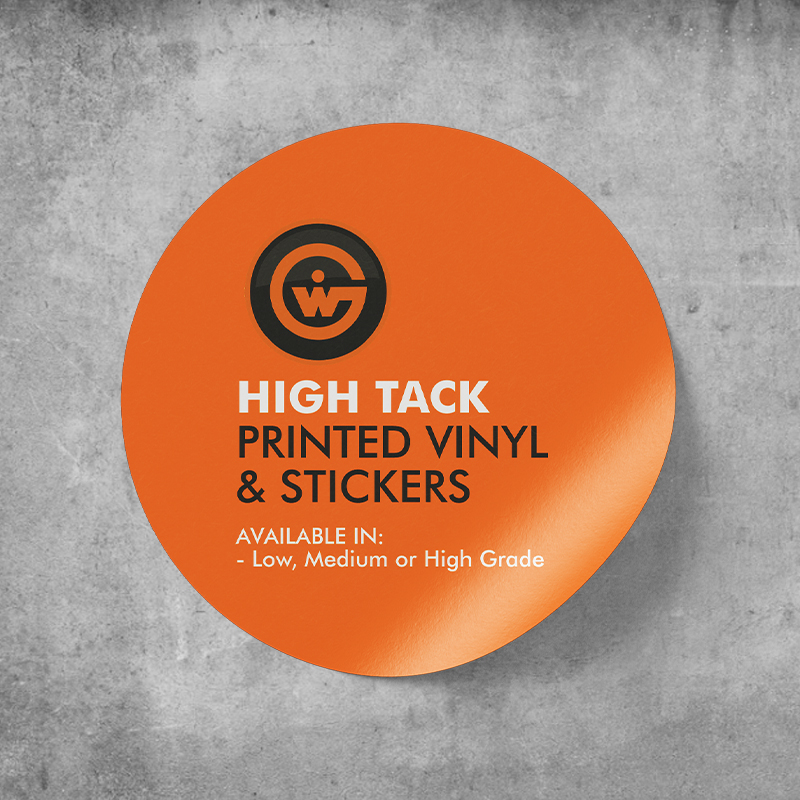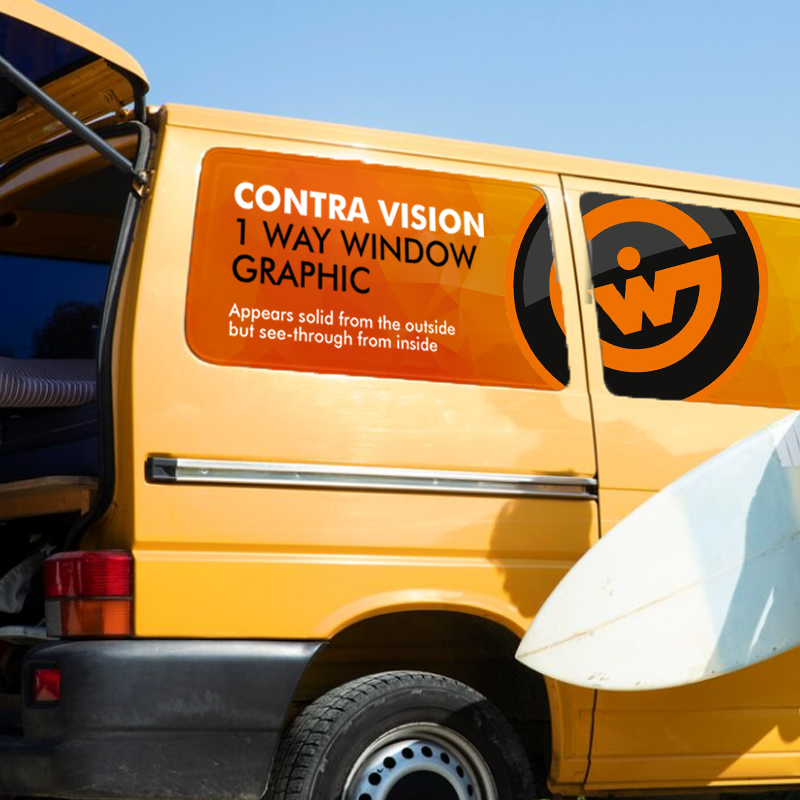What's the difference? Monomeric, Polymeric, and Cast Vinyl Explained
In the realm of signages and graphics, choosing the right vinyl material is paramount for achieving lasting impressions. Three common types are Monomeric, Polymeric, and Cast vinyl, each with distinct characteristics and applications. In this comprehensive guide, we’ll delve into the manufacturing processes, differences, uses, benefits, and environmental impact of these vinyl variants.
1. Monomeric Vinyl: Understanding the Basics
Manufacturing Process:
Monomeric vinyl is produced through a simpler manufacturing process. It involves melting and mixing PVC (polyvinyl chloride) with plasticizers and colour pigments. The resulting mixture is then extruded into sheets or rolls.
Differences and Characteristics:
Monomeric vinyl is generally more rigid and less conformable compared to other types. It is also more susceptible to shrinkage due to temperature variations and exposure to UV light.
Uses and Benefits:
Monomeric vinyl is suitable for short-term applications. It’s commonly used for temporary signage, promotional decals, and indoor displays. While it may not withstand extreme weather conditions as well as other types, its cost-effectiveness and versatility make it a popular choice for budget-conscious projects.
Create Products Like These Easily...
2. Polymeric Vinyl: Balancing Durability and Flexibility
Manufacturing Process:
Polymeric vinyl undergoes a more advanced manufacturing process. The PVC, plasticizers, and pigments are mixed, but additional polymers are introduced to enhance flexibility and reduce shrinkage during the curing process.
Differences and Characteristics:
Polymeric vinyl strikes a balance between durability and flexibility. It is more resistant to shrinkage than Monomeric vinyl, making it suitable for medium-term applications. The added flexibility allows for better adherence to curved surfaces.
Uses and Benefits:
Polymeric vinyl is an excellent choice for medium-term outdoor applications, such as low curve vehicle wraps/graphics, window graphics, and outdoor signage. Its enhanced durability and conformability make it a versatile option for projects that require longevity without the premium cost associated with Cast vinyl.
3. Cast Vinyl: Unrivaled Conformability and Longevity
Manufacturing Process:
Cast vinyl is manufactured through a casting process where liquid PVC is spread onto a carrier sheet and allowed to cure. This process results in a film with minimal internal stress, offering superior conformability.
Differences and Characteristics:
Cast vinyl is the most conformable and dimensionally stable among the three types. It has the least amount of shrinkage, making it ideal for long-term applications and intricate surfaces.
Uses and Benefits:
Cast vinyl is the go-to choice for high-performance and long-term applications. Vehicle wraps, complex architectural surfaces, and outdoor signage that demands durability and flexibility are perfect candidates for Cast vinyl. While it comes with a higher price tag, its longevity and performance justify the investment.
Environmental Impact of PVC Vinyl and Alternatives:
Despite their widespread use, PVC vinyl materials have drawn attention for their environmental impact. The production of PVC involves the release of chlorine gas and other harmful byproducts. Additionally, PVC is not easily recyclable, posing challenges for responsible disposal.
Alternatives:
For those seeking eco-friendly alternatives, there are PVC-free options available. Some sign vinyl materials are made from polyolefin, which is a more environmentally friendly choice. These alternatives typically have lower environmental impacts during production and offer recyclability, contributing to a more sustainable approach to signage and graphics.
Conclusion...
In conclusion, understanding the nuances of Monomeric, Polymeric, and Cast vinyl is crucial for making informed decisions in the world of signages and graphics. Each type serves specific purposes based on durability, flexibility, and longevity. As environmental consciousness grows, exploring PVC-free alternatives becomes imperative for those looking to balance effective advertising with a commitment to sustainability. By weighing the benefits and drawbacks of each type, businesses can tailor their choices to meet both their practical and eco-friendly goals in the dynamic landscape of sign vinyl.














































































































































One Response
Please login to post a comment.